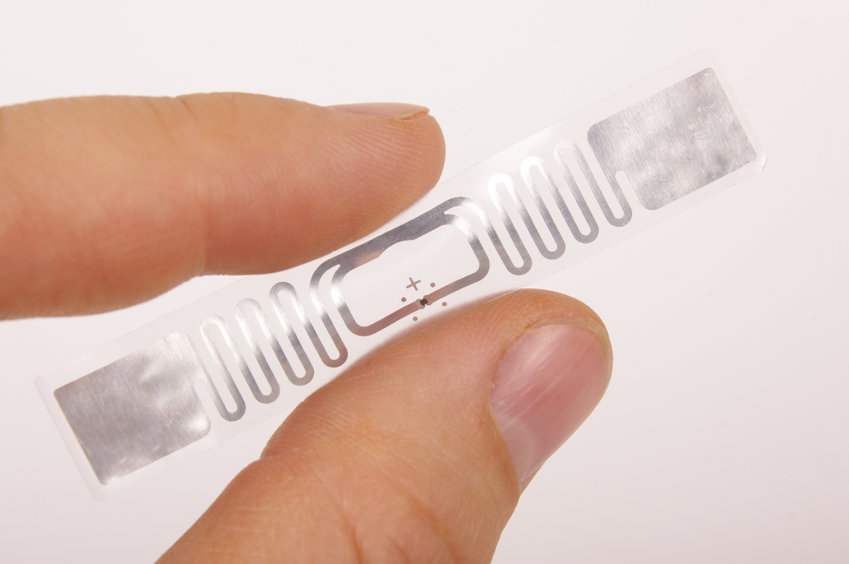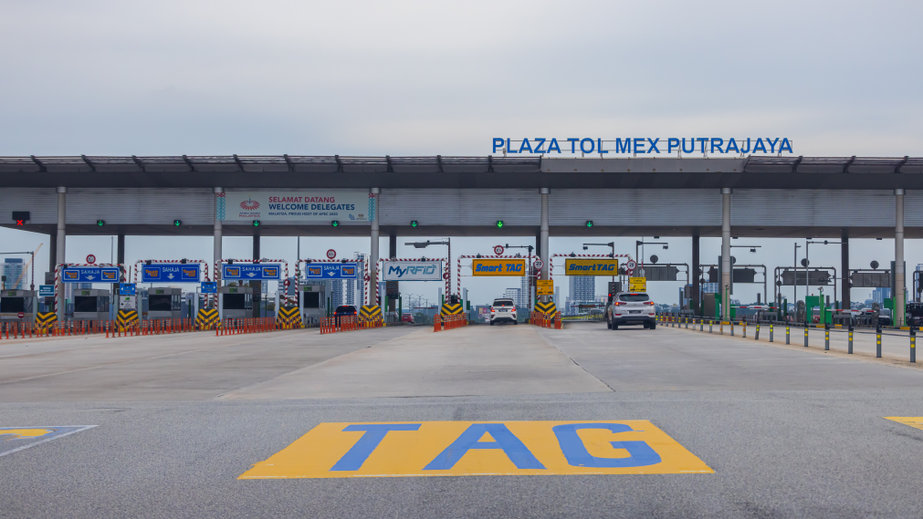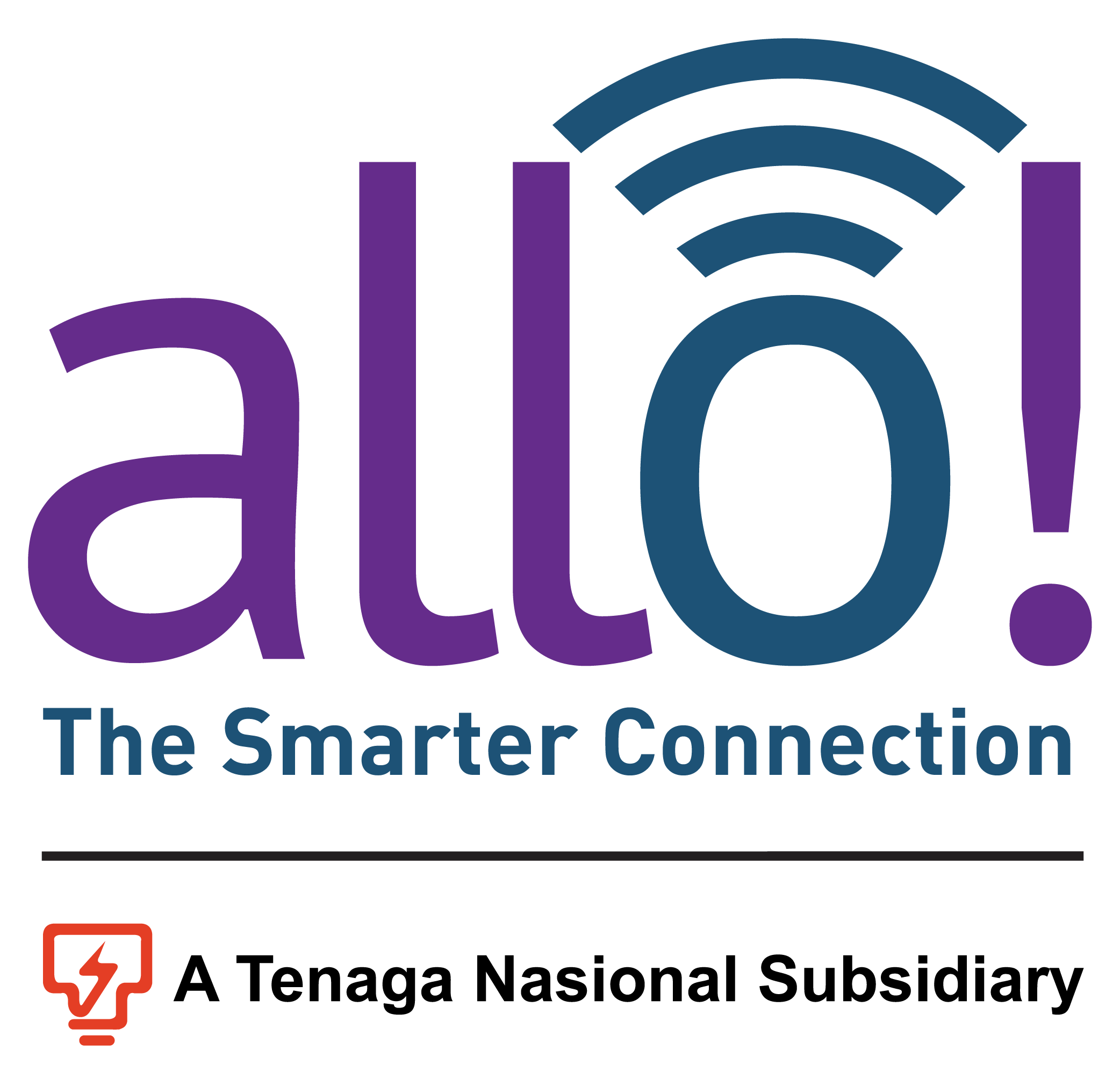BLOG
Here’s How Businesses Can Benefit from RFID

Many Malaysians are familiar with RFID technology, which is increasingly being used to pay at tollgates. However, the technology is also very popular for use in business, where its tracking ability brings a myriad of uses. In this post, we’ll briefly explain the technology, and then examine some ways businesses are using it.
What is RFID?
The acronym RFID stands for radio frequency identification. It’s a technology that allows users to encode information in a label or tag using radio frequencies that can then be used by special RFID readers. RFID labels and tags are available in three frequency ranges:
- LFÂ – Low frequency tags operate at frequencies around 125 kHz. These lower frequencies provide slower read speed than higher frequencies, and require readers to be much closer in order to use them. The advantage gained by these limitations is that LF tags are much less susceptible to interference.
- HFÂ – High frequency tags are usually in the range of 13.56 Mhz. The increased frequency allows them to send data more quickly. As the middle of the road solution, they offer moderate range and sensitivity to interference.
- UHFÂ – Ultra-high frequency tags operate at around 900 Ghz. Although they are the most susceptible to interference, the 12-meter range, extremely fast data transfer rate, and affordable manufacturing make UHF one of the most popular choices for RFID.

Malaysian government ramping up RFID usage
Malaysian drivers will soon see an increase in the number of tollgates that utilise RFID technology. In an effort to completely eliminate TnG and SmartTag technology by the end of 2023, the government has announced a goal of 60% adoption of RFID tags for tollgate usage by the end of 2022. RFID tags allow tollgates to clear nearly twice as many vehicles as the older technology, while being easier to top off with funds, and they rely on less complex technology. Despite pushback from the public due to the way the technology has been rolled out, there’s no denying the impact RFID usage can have for both consumers and businesses alike. These are also among the top reasons businesses are increasingly turning to RFID tags for operational needs.
Other uses of RFID tags
Businesses don’t have much need for easy tollgate access, but RFID tags are useful for much more than just tollgates. They have become a go-to solution for any aspect of business that can benefit from easy tracking. Below, we’ll examine some of the most common uses of the technology by Malaysian businesses.
Inventory
One of the most common uses of RFID tags is for inventory management. Effective inventory management presents several unique challenges to businesses. Accurately keeping count of every item that comes and goes can be time-consuming and error-prone with traditional methods. RFID tags greatly increase the accuracy of an inventory system by automating many of the tasks that traditionally required human intervention. With RFID tags, not only is time saved on manually counting inventory, but reliance on paper systems is also reduced. With RFID the costs of labour go down and the chances of human error are reduced. The result is a more streamlined inventory management solution that increases company efficiency.
Customers benefit from this solution as well. With less accurate inventory management solutions, customers purchase an item online only to be later informed that the item is out of stock due to inaccurate or out-of-data inventory data.
Asset management
Keeping track of assets is an important part of cost management and labour efficiency. Whether its tools on a construction site or medical equipment in a hospital, the need for employees to check out and return equipment is a major part of many businesses. Often, equipment can get misplaced, tracking logs can get out of sync, and the whole process becomes an inefficient mess. RFID tags make it easy to know who last had an item and where they had it. They also make the process of checking out items nearly automatic, reducing errors that cost a business time and money.
Tracking people
Although it sounds Orwellian, the use of tags to track people can greatly streamline experiences for everyone involved and can provide vital safety information in the case of an emergency. RFID readers at the entrances of buildings can monitor employees as they come and go, allowing for automatic time management. By tracking which rooms employees are in, mandatory attendance can be automatically tracked and employees can quickly be found in the event of an emergency.
Such tracking also has uses for customers. Museums can use RFID tags to automatically begin playing audio and video presentations when a visitor gets close to an exhibit. Security can easily identify when unauthorized people have accidentally entered a restricted area. Hospitals can keep track of patients, allowing them to quickly identify and isolate contagious patients, and perform contact tracing to notify those who may have come into contact with one.
Theft prevention
The retail industry can make heavy use of RFID tags to help prevent theft. Tags are easy to place on expensive items that can be easily shoplifted by customers. With an RFID reader at the door, any customer who tries to exit the store with a product containing one of these tags will set off an alarm, so security can stop them. The tags can be easily removed or disabled at checkout so honest customers don’t set off the alarms.

Additional Capabilities
One of the big advantages of using RFID tags for these business operations is that the readers can connect to a central server and store all of the data that’s been collected by the tags. This allows companies to have a much more granular look at every aspect of the business that relies on RFID tracking. Algorithm can be used to identify potential logistical improvements and patterns of behaviour that can be used to further increase the efficiency of the business.
Collecting and processing that much data relies on having a strong connectivity solution, and that’s where we come in. Allo is committed to continue improving Malaysia’s connectivity landscape. To learn more about how our services can help your business adapt, contact us today.
How Connectivity Will Continue to Play an Important Role
Metaverse is seen as the upgrade to what we now have as the “internet.” It seeks to improve everything we have now the same way the internet revolutionised what we had before. As such, there have been concerns as to whether the current internet connection will remain relevant after the metaverse.
Fortunately, Allo Technology is committed to ensuring that the nation remains connected even with the vast technological changes coming through in 2022. We are determined to move with the latest technological trends while ensuring that our clients and businesses keep up.
Contact us today for inquiries or any questions that you may have.
